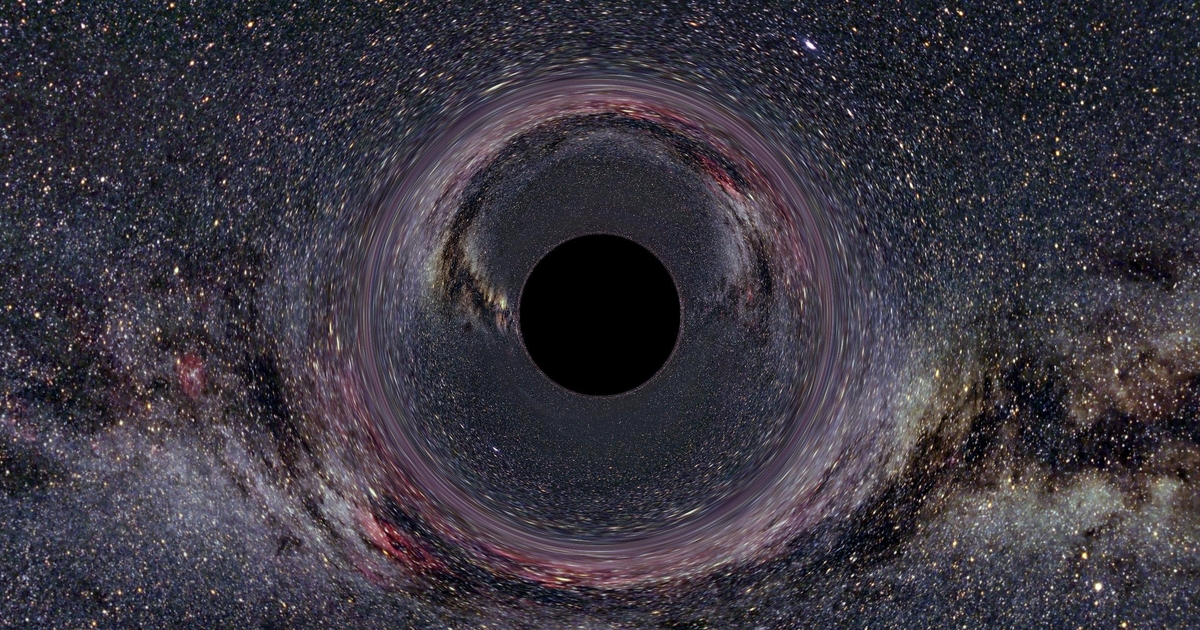
A recent study utilizing information gathered by NASA’s James Webb Space Telescope about 263 galaxies has presented fresh support for an unexpected hypothesis.
According to this theory, our universe might be contained within a black hole which emerged in an even more extensive cosmos. Digi24 .
Scientists at Kansas State University have found out that the majority of galaxies in our universe spin in the same direction.
This questions the notion that our universe is uniform, suggesting that we should observe an equal distribution of galaxies spinning clockwise and counterclockwise.
Lior Shamir, an associate professor of computer science, explained that there are two main possible reasons for this.
One explanation is that the universe was born in rotation. This fits with the theory of black hole cosmology, which suggests that our universe exists inside a black hole in a larger universe.
Also read
NASA Astronauts Head Home After 9 Months in Space
“First-Of-Its-Kind Imagery”: NASA Footage Shows Moon Landing Like Never Before
According to this theory, the Milky Way and all other galaxies would be inside a black hole formed in a much bigger universe.
This idea goes against several widely accepted theories in cosmology, such as the Big Bang theory, which claims that the Big Bang marked the start of our universe.
Though the new findings are intriguing, they don't definitively prove that the universe is inside a black hole.
More evidence is needed to fully understand the implications of this model. Another possible explanation for galaxies rotating in the same direction is that the Milky Way's rotation might distort the data.
If this is the case, scientists would need to adjust their methods for measuring distances in the universe.
Adjusting these measurements could also explain other mysteries in cosmology, like why the expansion rates of the universe and large galaxies don't quite match up with expectations.
The study was published in Monthly Notices of the Royal Astronomical Society .
While the theory is still far from being proven, it opens up fascinating new possibilities for understanding our universe and its origins.
Also read
NASA’s Europa Clipper to Fly Past Earth in 2026 on Its Way to Jupiter
NASA Raises Impact Risk of Asteroid: Almost doubled
NASA Increases Probability of Asteroid YR4 Hitting Earth in 2032